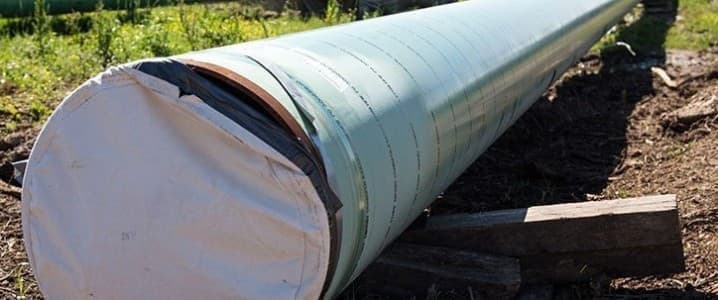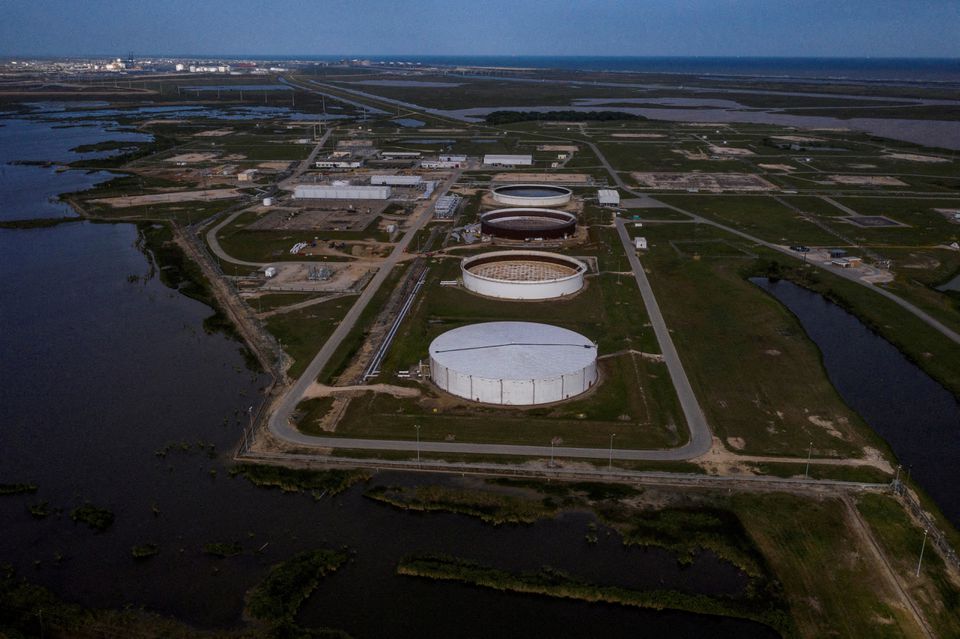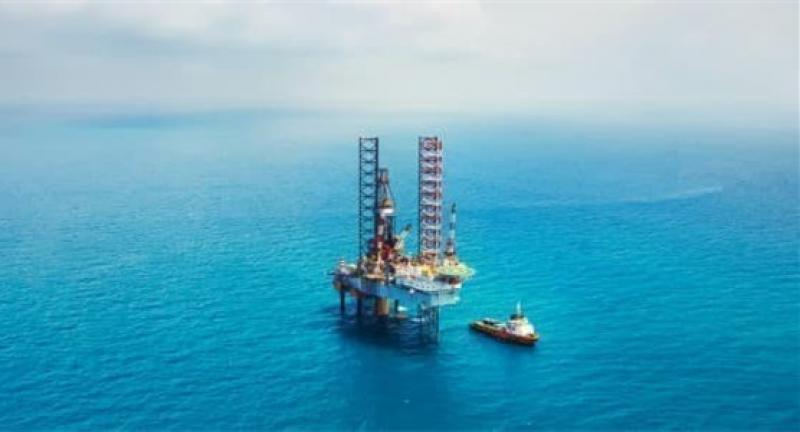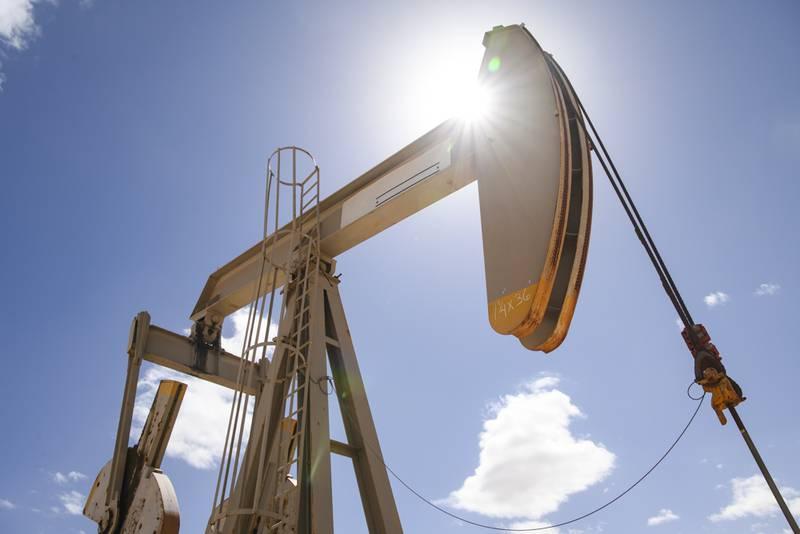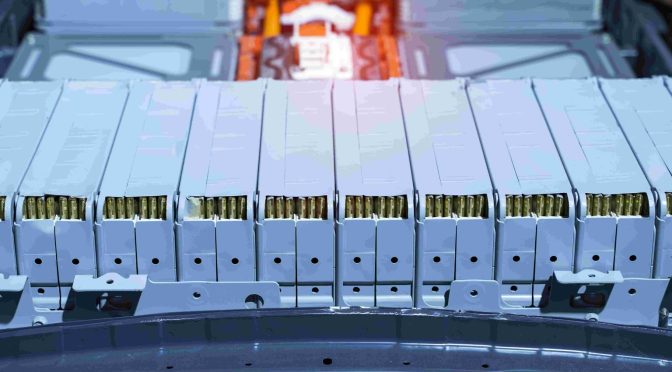
In 2023, China achieved record photovoltaic export volume growth across all subcomponents, driving manufacturing expansion in emerging markets.
Following Wood Mackenzie’s recent presentation at the SNEC Solar PV Conference & Exhibition in Shanghai in June, we share our insights on the global reach of China’s solar and storage industry.
Drawing on proprietary data, insights from research analysts, and deep industry links, we look to understand China’s power and renewables sector in greater detail and reveal its future.
Fill in the form at the top of the page to download the full slide deck, or read on for an introduction to the challenges and opportunities across the industry.
Chinese solar exports at an all-time high despite drop in revenue
China’s 2023 solar exports hit a record high with over 40% growth for all equipment. The surge was dominated by modules that reached a new high of 227 GW. Meanwhile, cells had the most rapid growth at 61.6% to 38 GW.
The country consolidated its control over module supply chain manufacturing, with its share exceeding 80%. Our research reveals that Asia Pacific (excluding China) hosts most Chinese overseas facilities, totalling over 70 GW of production capacity for cell and module.
However, despite this record growth, export revenue dropped by 5.6% to US$49 billion due to a decline in prices driven by oversupply. As more markets continue to adopt local content requirements (LCRs), China will start to face increasing constraints for solar exports. In response to growing LCRs, Chinese players are globalising manufacturing capacity to offset a loss in exports.
Energy storage investors expand overseas footprint
Europe, the US, and Southeast Asia are among the top markets for Chinese manufacturing investment. Consequently, Chinese storage investors and manufacturers have grown their overseas footprint to 22 countries.
However, due to loose trade policy, only a maximum of 20% of the overseas capacity planned by Chinese battery manufacturers will be applied in the energy storage segment.
Manufacturers remain invested in overseas facilities
Environmental concerns and talent shortages are hindering the operation of overseas factories. However, despite high capex and long construction cycles, Chinese manufacturers are still investing in overseas facilities to get closer to the downstream market and expand customer relationships.
They are also attracted by government subsidies at all levels to absorb investment and create jobs, including grants, tax breaks and low-interest loans.
Our research finds that the large regional variation in lead time is due to the dominance of Asian sources for raw materials and manufacturing equipment, as well as challenges in obtaining environmental impact assessments and permits. Likewise, obtaining safety, production and sales licenses vary across regions, as does construction efficiency, and the availability of talent to run factories.
China likely to maintain its export advantage with high productivity and low costs
Europe and the US are the top lithium-ion battery export markets for Chinese players. All the while, China is cooperating closely with South Korea in the battery supply chain, with considerable import and export volumes being exchanged.
Our insights reveal that Chinese manufacturers are likely to maintain their export advantage on energy storage products due to their high productivity and low costs. Elsewhere, factories outside of China still face various long construction cycles, slow production capacity ramp up, and unverified product quality.
Indeed, most overseas production capacity has been allocated to electric vehicles (EVs), limiting the local supply flowing into the energy storage sector, thus leaving a huge opportunity for China’s exports.
Nevertheless, Chinese manufacturers should be cautious of persistent oversupply in the energy storage segment. In 2023, Chinese investment into battery capacity increased by nearly 30%, shifting from EVs to energy storage systems (ESS).
What’s more, China‘s planned energy storage capacity for 2030 has already far exceeded the world’s demand, exacerbating competition among Chinese manufacturers.


